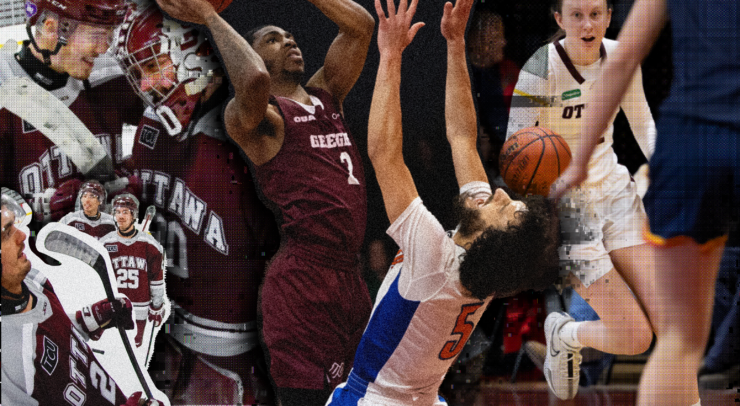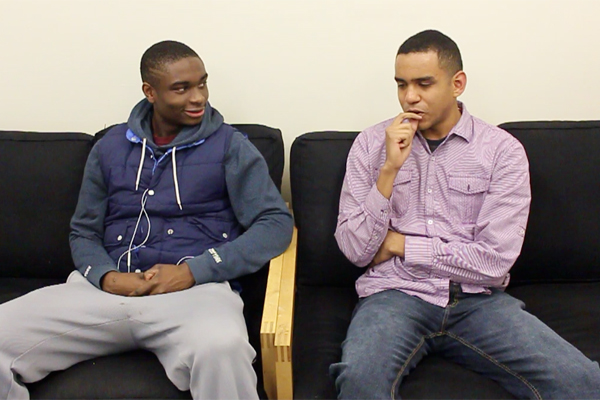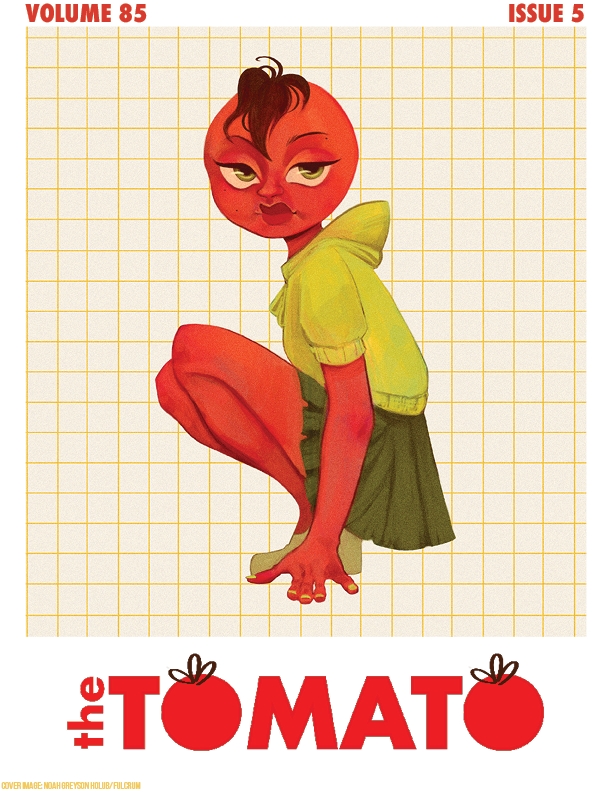Like it or not, they’re here to stay
Basketball has long been considered a player-driven sport, where the team with the best players on the court is almost assured victory—but this mindset has been slowly changing thanks to the rising prominence of advanced analytics.
Separate from the old guard of statistics and scouting reports, advanced analytics seek to quantify and predict the best possible options. This includes increasing ball movement, spacing, and relying less on human ability-hoping to increase championship expectations without necessarily paying higher premiums.
Analytics have come under fire from basketball figures as a destructive force to the game itself, causing the traditional centre to vanish, increasing the number of three-pointers, and favouring of jump-shooting ability over fundamentals.
The Rio Grande Valley Vipers, a NBA Development League (D-League) affiliate of the Houston Rockets, has spent the past two seasons incorporating only layups, dunks, and three-pointers, effectively eliminating mid-range jumpers, which tend to be the least effective shot in terms of shooting percentage. This approach has resulted in the Vipers becoming the strongest D-League team. Shifting their game plan to taking high-percentage shots in the form of layups and dunks, allows for the low-percentage two-pointers to effectively disappear from the game.
With last weekend’s Canadian Interuniversity Sport (CIS) championships seeing the top eight teams vie for the national title, different teams adopted different styles in their ultimately unsuccessful attempts to dethrone the Carleton Ravens.
At first glance, the Gee-Gees’ second-place finish deserves an honourable mention, but the story changes when you apply an analytics model. The idea behind shooting threes is that 33 per cent from the three-point line is equivalent to 50 per cent from two-point shots.
Statistically speaking, the quarterfinal match against the Bishop’s Gaiters, which saw the Gee-Gees win in overtime, could have been a much different story had the Gaiters changed their shot selection. Shooting an impressive 47 per cent from the three, in large part due to Jona Bermillo who was 60 per cent from the arc, the Gaiters would have easily won the game had they shot an equal number of three-point shots as the Gee-Gees.
If you count Bermillo as an anomaly in the data, the Gaiters would still win as the rest of the team shot 36 per cent from the three. In contrast, the Gee-Gees prioritize three-pointers—and they scored the most points in the tournament despite being ranked last in both field goal percentage and three-point field goal percentage.
And again, statistically speaking, coming into the championship no team could beat the Carleton Ravens, who shot more than 50 per cent from the field and 33 per cent from the arc.
But there’s a serious limitation to analytics:It wouldn’t be sports without miracles, and on any given day each competing team has a chance to win. But with the advancement of ideas, data analysis, and tracking methods, the impact on sports is going to continue to grow.
Analysts are continuously seeking more advanced measures of defensive prowess, as the current measures continue to be in their infancy. At this time, it’s difficult to imagine what the game of basketball will be like in the future. But whether you like them or not, advanced analytics are sure to change the game.





